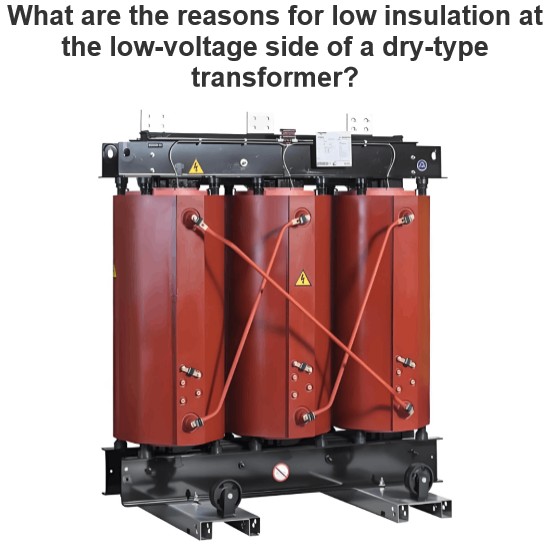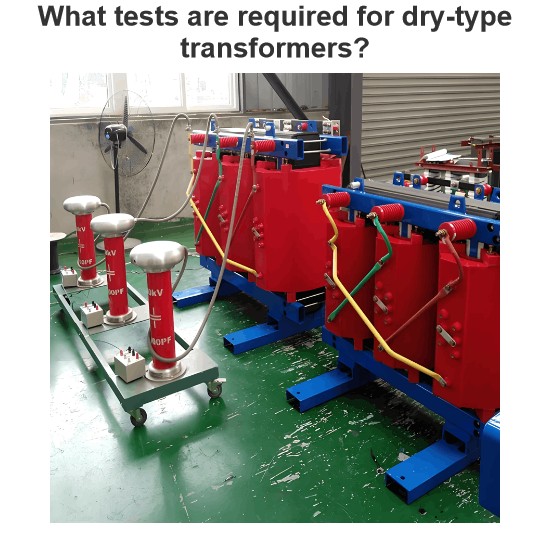What is the reason for taps not being provided on distribution transformers but on transmission transformers?
I. Basic Principles and Functions of Tap Changer
The taps of a transformer are used to regulate the output voltage of the transformer. The voltage in the power grid will change with the operation mode and load size. Voltage that is too high or too low will affect the normal operation of the transformer and the output and service life of the electrical equipment. In order to improve the quality of the voltage and ensure that the transformer has a rated output voltage, the voltage is usually adjusted by changing the position of the tapping of the primary winding, and the device that connects and switches the position of the tapping is called a tap changer.
2. Reasons for Setting Taps on Power Transformers
Dealing with Voltage Fluctuations in Long-Distance Transmission
The transmission lines are long and the voltage drop is relatively large. For example, during long-distance high-voltage transmission, due to factors such as line resistance, the voltage will decrease significantly. The setting of taps on the transmission transformer can be adjusted according to the voltage conditions of the transmission lines to ensure that the voltage output to the next level of power grid or substation is stable.
Meeting the Connection Requirements of Different Voltage Level Grids
Transmission transformers often connect power grids of different voltage levels, such as 220kV and 500kV. The voltage fluctuation range and requirements are different for grids of different voltage levels. The tap changer can flexibly adjust the transformer ratio to adapt to the voltage matching needs between grids of different voltage levels, ensuring efficient and stable transmission of electricity between grids of different voltage levels.
Meeting the requirements of large-capacity transmission
The capacity of transmission transformers is relatively large, and the power they transmit has a profound impact on the stable operation of the entire power system. Setting taps helps to adjust the voltage according to the operating conditions of the power system (such as peak and off-peak periods) during high-capacity transmission, ensuring power quality and reducing the adverse effects of unstable voltage on the power system.
III. Reasons for not setting a tap changer on the distribution transformer
The range of voltage fluctuations is relatively small
Distribution transformers are mainly used to distribute electric energy to users. Their power supply range is relatively small, such as stepping down from 10kV to around 400V for individual power consumption units. Within this shorter power supply distance, the voltage fluctuation range is relatively smaller compared to transmission lines, and the need for voltage adjustment is not as urgent as that of transmission transformers.
User-side voltage requirements are relatively fixed
Most user equipment is designed to operate at fixed voltage standards (such as 220V or 380V). Distribution transformers can be designed with the appropriate turns ratio based on local power supply conditions, and once determined, they do not need frequent adjustments, so there is no need to set taps.
Cost and Complexity Considerations
Setting taps will increase the cost of distribution transformers, including the purchase, installation, and maintenance costs of tap changers. It also increases the structural complexity of the transformer, reducing reliability. For distribution transformers, which are widely distributed and have relatively simple functions (mainly for voltage reduction and power distribution), not setting taps can reduce costs and improve operational reliability while meeting the basic needs of users.
The Electricity Encyclopedia is dedicated to accelerating the dissemination and application of electricity knowledge and adding impetus to the development and innovation of the electricity industry.













